
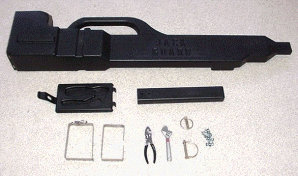
Hi-Lift Fix-It-Kit | Off-Road Base | Off-Road Jack Kit | Instructions | Maintenance
|
|
As soon as I had a free moment, I disassembled the 4XRAC and installed the JackGuard. It was very simple. First, I had to cut the end off the main part of the case so my 60" jack would fit in the case. I just took out one of my wood handsaws and carefully trimmed off the very end. Once I got the saw started it just went through nice and clean. |
 |
Next I installed the extension bit that covers the longer jack rail. I just snapped it on. Then I drilled out the hole for the retainer pin. I drilled each side separately so that I would not end up with the holes out of alignment. |
|
I had to move the clamp from the top of the jack all the way down to about the middle of the jack so the end of the jack will fit in the case. I rotated the clamp around so that the flat side is bolted to the rail. When I take the jack out to use, I will need to move the clamp out of the way. |
  |
 |
The easiest way to get the jack into the case is to just stand it up and slide the case down over it. Then adjust the case until you can insert the retaining pin through the hold provided and also through one of the holes on the jack. |
|
 |
  |
|
It is an improvement on several counts:
|
|
Hi-Lift Fix-It-Kit | Off-Road Base | Off-Road Jack Kit | Instructions | Maintenance
6/16/07
Jack
Maintenance!
|
| Other items that come in handy:
|
|
| Hi-Lift Fix-It-Kit | |
I have the repair kit so that I would have it if and when I need it, no matter where that happens to be...
|
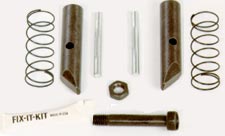 |
Hi-Lift Fix-It-Kit | Off-Road Base | Off-Road Jack Kit | Instructions | Maintenance
| Off-Road Base | |
|
I got the Off-Road Jack Kit so I could use the jack as a come-along, and the Off-Road Base so it wouldn't sink out of sight in soft ground when used as a jack.
|
Hi-Lift Fix-It-Kit | Off-Road Base | Off-Road Jack Kit | Instructions | Maintenance
| Off-Road Jack Kit | |
| Off-Road Kit Kit Includes:
|
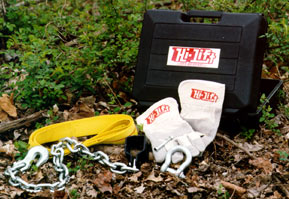 |
To this, I added the following items when I purchased my winch:
|
|
The 20-foot chain is for providing an anchoring point to boulders. The snatch blocks are for pulls when high strength or shortened/angled cable setups are needed. The D-shackles are used as an anchor point for the winch hook, attached to either the tree saver, bumper or the chain. In addition, I carry two medium-sized quilted moving blankets for multiple uses, and to dampen cable whip if it should snap during a pull. The gloves are required for handling the cable to prevent injury from loose cable strands. The custom nose attachment is primarily intended for use with the Hi-Lift jack when used as a winch so it may not come into play for power winching. The case consolidates all the items needed for winching or jacking operations. |
|
Hi-Lift Fix-It-Kit | Off-Road Base | Off-Road Jack Kit | Instructions | Maintenance
| Instructions | |
Although not an accessory in the strictest sense, I found that, not being born with built-in knowledge of safe and effective jack operation, I would need some instruction. |
 |
Hi-Lift Fix-It-Kit | Off-Road Base | Off-Road Jack Kit | Instructions | Maintenance
My First Mounting System
|
|
|
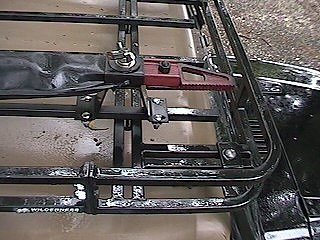 |
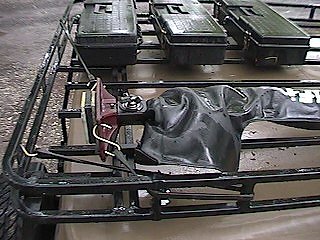 |
|
|
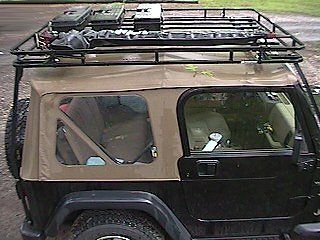 |
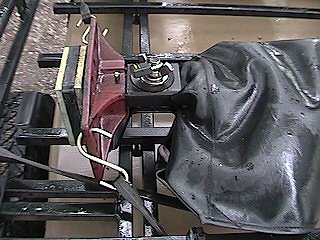 |
|
|
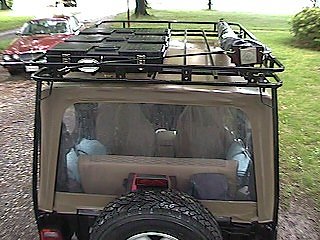 |
Return to Build Sheet
Shop for Jeep Toys and Books | See the Toy Jeeps | Off-Road Index
Photos, Layout and
Design © 2001-2008 Paul M. Provencher All Rights
Reserved.
Contents of this Web Site may not be used without written permission
Visitors since 5/21/01
Last Updated 02/09/2008 10:52:05 AM -0500